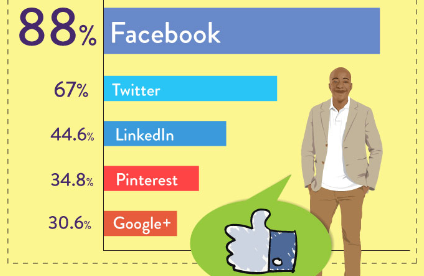Sadly some of them are just that … too good to be true. But how can you tell which are true before you reshare that content on your social networks?
Tools to detect an Internet fake:
Google: In a Google Search window put the title of the internet post or image or video or the key subject of the piece. If the only results that come back are for that one piece of content, chances are it is fake or at the very least not credible, because if it were credible it would be found in a lot of (credible) places on the web.
Google link checking: Google makes it easy to see who else is linking to something on the web. To do this, type the word “link” into a Google Search window, follow it with a colon and the URL of the page you want to check. Doing this kind of search will show you if any credible sites are linking to the suspect page. To read more: See who links to your site, and how.
Snopes is a well-known site that either validates or debunks urban legends, Internet rumors, e-mail forwards and other stories of unknown or questionable origin. Search for some keywords from a questionable site to see if Snopes has investigated.
Hoax-Slayer is an Australia-based debunker of all manner of hoaxes that includes sections on Facebook hoaxes and internet scams.
Common sense: Finally, and this may seem obvious, checking a few basic things will likely reveal hints about the legitimacy of a piece of web content.
- Is it hosted on a reliable website? For example, a major news outlet, a university website or a ".gov" domain.
- Does it quote known, reliable sources?
- Check for misspellings – a lot of them probably means an non-credible site.
- Is the site overwhelmed with advertisements? That might be a sign that the site is all about attracting the unwary just to show them ads.
- Is the website selling something? Be especially skeptical of information about something on a website that is trying to sell you that something or an item related to it.
- If a website asks you to login using your social media credentials, make sure you check the domain first and verify that it is legitimate.
And just for fun, here are a few of the more memorable hoaxes perpetrated on Facebook in the past year:
- You can charge your iPhone by placing it in and running a microwave.
- A large number of members of Congress have criminal records.
- There has been a confirmed case of an Ebola victim rising from the dead in Africa
- Liking the image of a sick child equates to one prayer for that child while sharing equates to 100 prayers.
- Publishing a "Privacy Notice" on Facebook will stop anyone from using your images or posts on FB for anything else.









































